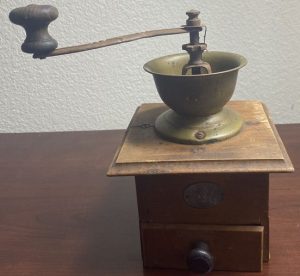Understanding How Burr Mills Work
Burr mills grind hard food ingredients between two abrasive surfaces that rotate in opposite directions. By adjusting the distance between these surfaces, you can control how coarse or fine the ground material is, using a rotating screw mechanism that moves the food through the mill.

Keeping It Consistent and Cool
Compared to blade grinders, burr mills produce particles of uniform size and generate less heat. This is crucial for preserving the flavor and aroma of the food being ground, especially coffee, where consistent particle size is key for the best extraction during brewing.
Multiple Uses and Coffee Grinding Benefits
Burr mills are versatile and can handle many grinding tasks, from coffee beans and peppercorns to salt, spices, and poppy seeds. Coffee lovers appreciate burr grinders for their ability to be adjusted for various brewing methods, such as Turkish coffee, espresso, French press, and pour-over.
Retaining the Best Flavors and Aromas
One of the significant advantages of burr grinders is their ability to reduce friction during grinding, which helps to keep the oils and aromas of the coffee beans intact. Excessive heat generated during grinding can cause these essential elements to dissipate, impacting the overall flavor.
Electric Burr Grinders and Their Features
Electric burr grinders come in different styles and offer both stepped and stepless grind settings. Some models include dosers for pre-measuring coffee, while others are doserless, providing options like weight-based or time-based grinding, particularly useful for espresso.
Choosing Between Manual and Electric Grinders
While electric grinders are favored for their speed and ease of use, manual grinders are still popular due to their lower cost and classic look. They are also particularly effective for grinding coffee to a fine powder, which is needed for Turkish coffee.




